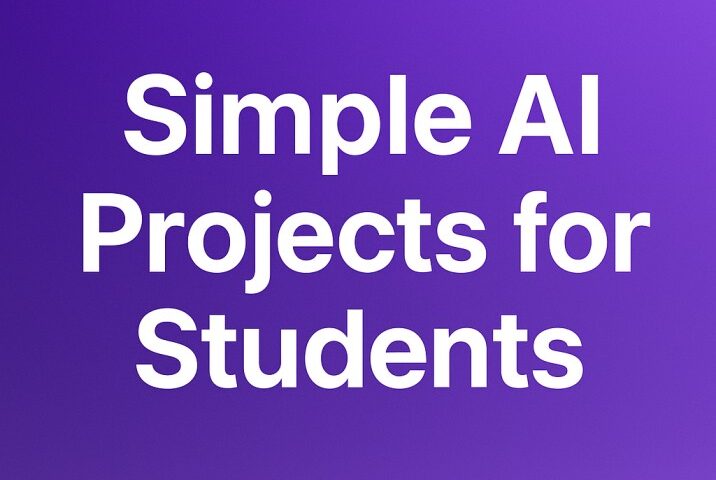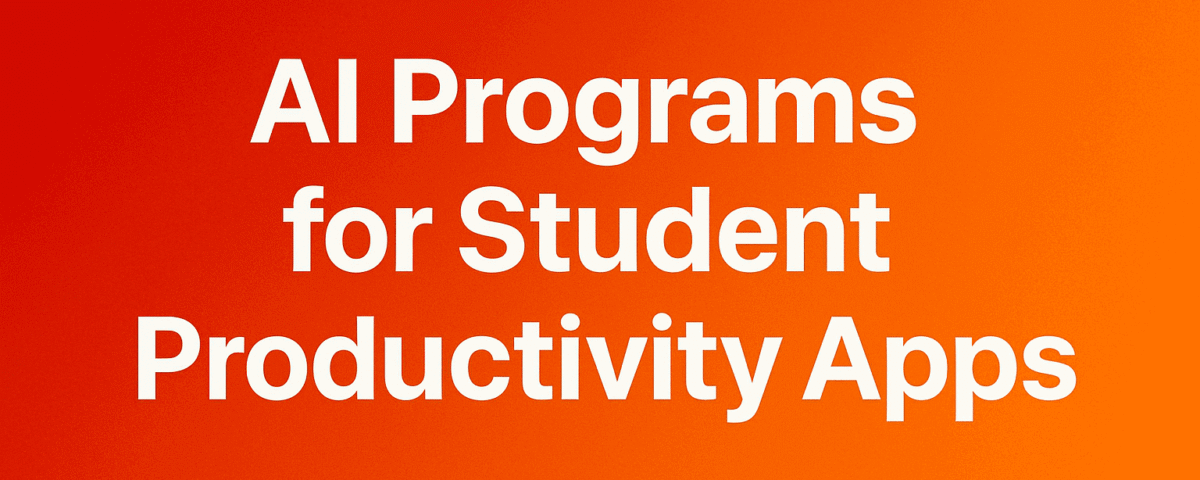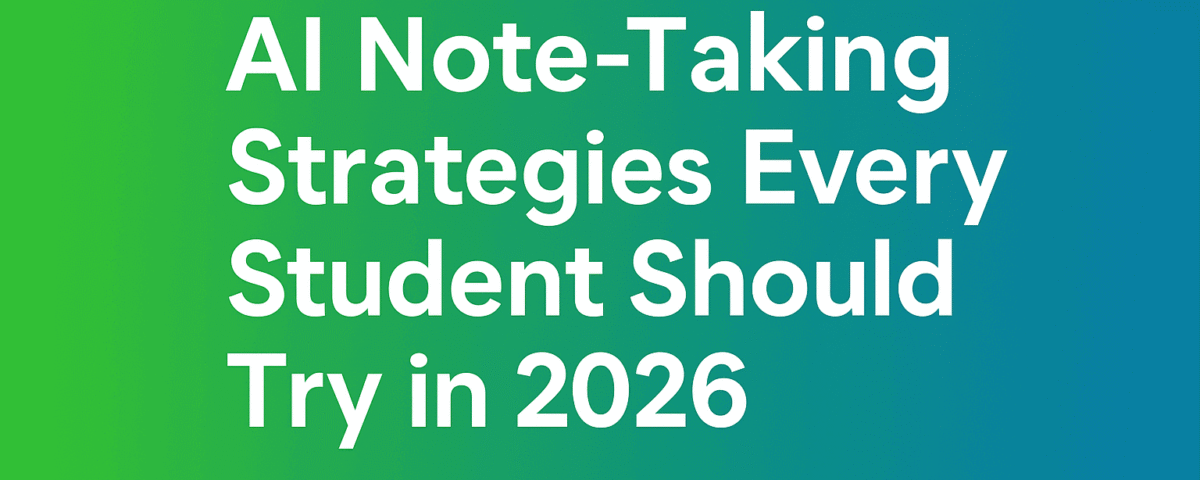Artificial Intelligence (AI) is no longer just a futuristic concept — it’s everywhere. From voice assistants like Siri and Alexa to recommendation systems on Netflix, AI is shaping our daily lives. But have you ever wondered about the different types of AI, how they work, and what makes one type different from another?
At Learnaimind, we’re here to break it down for you in a friendly, practical way. By the end of this guide, you’ll understand the main AI categories, the difference between narrow AI vs general AI, and how these types are applied in real life.
What is AI? A Quick Recap
Before diving into types, let’s make sure we’re on the same page.
Artificial Intelligence is the ability of machines to perform tasks that typically require human intelligence. This includes:
- Learning from experience (like humans do)
- Understanding language and speech
- Recognizing patterns in data
- Making decisions and solving problems
AI is not just a single technology; it’s a field of study that includes machine learning, neural networks, natural language processing, and more. Understanding its types helps you see how AI is applied in the real world and how you can start learning or using it yourself.
Why Knowing AI Types is Important
You might ask, “Why should I care about AI types?” Here’s why:
- Career Planning – Different AI types lead to different career paths.
- Practical Applications – Knowing the type helps you understand what AI can do for your business or daily life.
- Learning Roadmap – Beginners can focus on one category at a time.
- Understanding Limitations – Every AI type has strengths and weaknesses; knowing them helps set realistic expectations.
Main AI Categories
AI is commonly classified in two ways:
- Based on Capabilities – How “smart” the AI is
- Based on Functionality – What tasks the AI can perform
Let’s explore both.
1. AI Based on Capabilities
AI based on capabilities is divided into three main types:
A. Narrow AI (Weak AI)
Definition: Narrow AI is designed to perform a specific task. It cannot do anything outside its programmed purpose.
Examples in real life:
- Siri or Alexa – Can answer questions, set alarms, or play music but can’t make a new decision outside its programming.
- Recommendation systems – Netflix or Amazon suggesting movies/products based on your behavior.
- Spam filters – Detecting spam emails but not analyzing your emails for other purposes.
Practical tip for beginners:
If you want to practice AI, start with narrow AI projects. For example, create a simple chatbot, build a recommendation system using Python, or try image recognition using free tools. These projects teach you AI concepts without overwhelming complexity.
Why it matters:
Narrow AI is everywhere. Almost every AI you interact with today falls into this category. It’s powerful, practical, and a great starting point for learning AI.
B. General AI (Strong AI)
Definition: General AI can perform any intellectual task that a human can do. Unlike narrow AI, it can learn, reason, and solve problems in multiple areas.
Examples:
- True general AI doesn’t exist yet — it’s mostly theoretical.
- Science fiction examples include robots like Data from Star Trek or AI systems like Jarvis from Iron Man.
Practical tip for beginners:
Even though General AI doesn’t exist today, understanding it helps you think about future applications of AI. For instance, AI research labs and companies are exploring general AI concepts, so staying informed can give you an advantage in your learning journey.
Why it matters:
General AI represents the ultimate goal of AI research. If you’re studying AI seriously, knowing the difference between narrow and general AI sets realistic expectations for what AI can currently achieve.
C. Super AI (Artificial Superintelligence)
Definition: Super AI is a hypothetical AI that surpasses human intelligence in every area, including problem-solving, creativity, and social intelligence.
Examples:
- No real-world examples exist yet.
- Popular in futuristic discussions about AI risks and ethics.
Practical tip for beginners:
While Super AI is not here, it’s worth knowing for context and ethics. Learning about AI ethics now will prepare you for future advancements.
Why it matters:
Understanding super AI helps you appreciate the boundaries of current AI and the importance of responsible AI development.
2. AI Based on Functionality
AI can also be classified based on what it can do, regardless of its intelligence level. These categories are more practical and applicable today.
A. Reactive Machines
Definition: Reactive machines react to input without storing past experiences. They don’t “remember” previous interactions.
Examples:
- IBM’s Deep Blue, the chess-playing computer.
- Simple rule-based chatbots that respond to predefined inputs.
Practical tip:
You can create a basic rule-based chatbot to understand reactive AI. It’s an easy way to practice AI logic without diving into machine learning.
B. Limited Memory AI
Definition: Limited memory AI can use past experiences or historical data to make better decisions.
Examples:
- Self-driving cars — they observe traffic patterns to navigate safely.
- Virtual assistants that remember your preferences over time.
Practical tip:
Try building a machine learning model that predicts trends using historical data, like stock price trends or weather patterns. Tools like Python’s scikit-learn are beginner-friendly.
C. Theory of Mind AI
Definition: This type of AI is still research-level. It aims to understand human emotions, beliefs, intentions, and thought processes.
Examples:
- AI in research labs trying to detect human emotions for personalized experiences.
Practical tip:
You can explore emotion detection in images or text using beginner-friendly APIs like Google Cloud Vision or Microsoft Azure Cognitive Services.
D. Self-Aware AI
Definition: AI that has consciousness and self-awareness. This is purely hypothetical and does not exist yet.
Practical tip:
Learning about self-aware AI helps you understand AI ethics, risks, and future possibilities.
Narrow AI vs General AI: Key Differences
| Feature | Narrow AI | General AI |
|---|---|---|
| Purpose | Performs specific tasks | Performs any intellectual task |
| Existence | Common today | Hypothetical / under research |
| Learning | Limited to task | Can transfer knowledge to new tasks |
| Examples | Siri, Netflix Recommendations | None real-world |
| Complexity | Low to medium | Extremely high |
Practical Applications of AI Types
Here’s how the AI types you’ve learned about are applied in real life:
- Narrow AI in Business
- Chatbots for customer support
- AI marketing tools for content suggestions
- Fraud detection in banking
- Limited Memory AI
- Self-driving cars
- Predictive analytics in sales and logistics
- Theory of Mind AI (Research / Future)
- Emotion-aware AI for personalized advertising
- AI companions for therapy or education
- General AI & Super AI (Future)
- Fully autonomous decision-making systems
- Highly intelligent personal assistants
Practical tip:
For beginners at Learnaimind, focus on narrow AI and limited memory AI projects first. These are practical, achievable, and give you real-world experience.
How to Start Practically Learning AI
At Learnaimind, we believe in learning by doing. Here’s a simple path:
- Start with Narrow AI Projects
- Build a chatbot
- Create a recommendation system
- Experiment with Limited Memory AI
- Train a small machine learning model with historical data
- Try image or text classification
- Learn AI Concepts and Glossary
- Understand terms like algorithm, neural network, bias, and training data
- Stay Updated
- Read AI blogs, watch tutorials, and explore AI trends
Friendly tip: Don’t rush. AI is a marathon, not a sprint. Start small, build confidence, and gradually move to more complex projects.
Key Takeaways
- Types of AI are classified by capabilities (narrow, general, super) and functionality (reactive, limited memory, theory of mind, self-aware).
- Narrow AI dominates today — it’s practical, useful, and beginner-friendly.
- General AI and Super AI are mostly hypothetical but important to understand for the future.
- Beginner-friendly projects are the best way to learn. Start with chatbots, recommendation systems, or simple ML models.
- Understanding AI types helps you plan your learning, career, and even business applications.
Conclusion
AI can seem complex, but breaking it down into types and categories makes it manageable. By understanding the difference between narrow AI vs general AI, and exploring practical applications, you’ll not only learn AI but also see how it can be applied in real life.
At Learnaimind, we provide courses, mini projects, glossary, and blogs to guide beginners like you through this journey. Start small, practice often, and stay curious — that’s the key to mastering AI.
Ready to start learning AI today?








